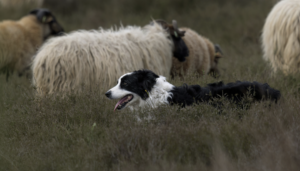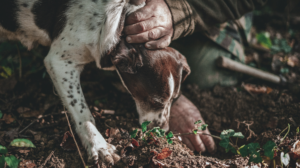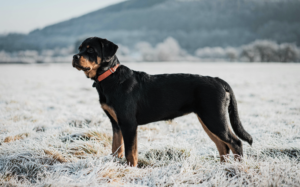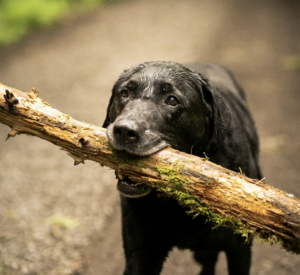Dogs come in a dazzling array of breeds, each with its own unique set of instinctive drives. These natural tendencies, shaped by centuries of breeding for specific roles, significantly influence their behaviour and training needs. Understanding these instinctive drives is crucial for any dog owner, as it helps in providing the right kind of training, environment, and care, ensuring a happy and well-adjusted pet.
The Spectrum of Canine Instincts
The instinctive drives in dogs can be broadly categorised into herding, hunting, guarding, and retrieving, among others. Each breed has been developed with a specific purpose, which has ingrained certain instinctual behaviours.
1. Herding Instinct
Breeds like the Border Collie, Australian Shepherd, and German Shepherd possess a strong herding instinct. Originally bred to gather, guide, and protect livestock, these dogs tend to be highly intelligent, responsive, and eager to learn. However, this drive can manifest as nipping at heels or trying to herd children or pets in a family setting.
Training Tip: Channel this instinct through activities like agility courses or herding trials, and focus on obedience training to manage unwanted herding behaviour.

2. Hunting and Tracking Instinct
Hounds such as Beagles, Bloodhounds, and Pointers are known for their acute sense of smell and tracking ability. These breeds excel in following scents and are often independent and single-minded.
Training Tip: Scent tracking games and outdoor exploring can be great outlets. Training these breeds requires patience and understanding of their strong drive to follow scents.

3. Guarding Instinct
Breeds like the Rottweiler, Doberman, and Mastiff have a natural inclination to guard and protect. These dogs can be territorial and naturally suspicious of strangers.
Training Tip: Early socialisation and consistent, positive training are crucial to ensure they do not become overly aggressive or protective.

4. Retrieving Instinct
Retrievers like the Labrador Retriever and Golden Retriever are known for their love of fetching and carrying objects. They are generally friendly, outgoing, and highly trainable.
Training Tip: Retrieving games, regular exercise, and interactive play help satisfy their natural inclinations. They respond well to positive reinforcement training techniques.

…
Understanding Instincts for Effective Training
Recognising your dog’s instinctual drives can greatly aid in training. Dogs bred for specific tasks will naturally excel in activities that align with their instincts. For instance, a herding breed might find great joy and excel in agility training, which mimics the cognitive and physical challenges of herding.
Behavioural Considerations
Understanding these drives can also explain certain behaviours that might otherwise be seen as problematic. A terrier digging holes in the backyard is expressing its natural instinct to hunt and burrow, while a hound barking at every new scent is exhibiting its tracking behaviour. Recognizing these behaviours as natural can help in finding appropriate outlets for these instincts.

Each dog breed brings its own unique set of instinctual behaviours. As dog owners, understanding these instincts is key to providing appropriate training, activities, and environments. Tailoring your approach to your dog’s inherent drives not only aids in training but also contributes to their overall well-being and happiness. Embracing these natural tendencies allows us to celebrate the rich diversity and history of our beloved companions, enhancing the bond we share with them.